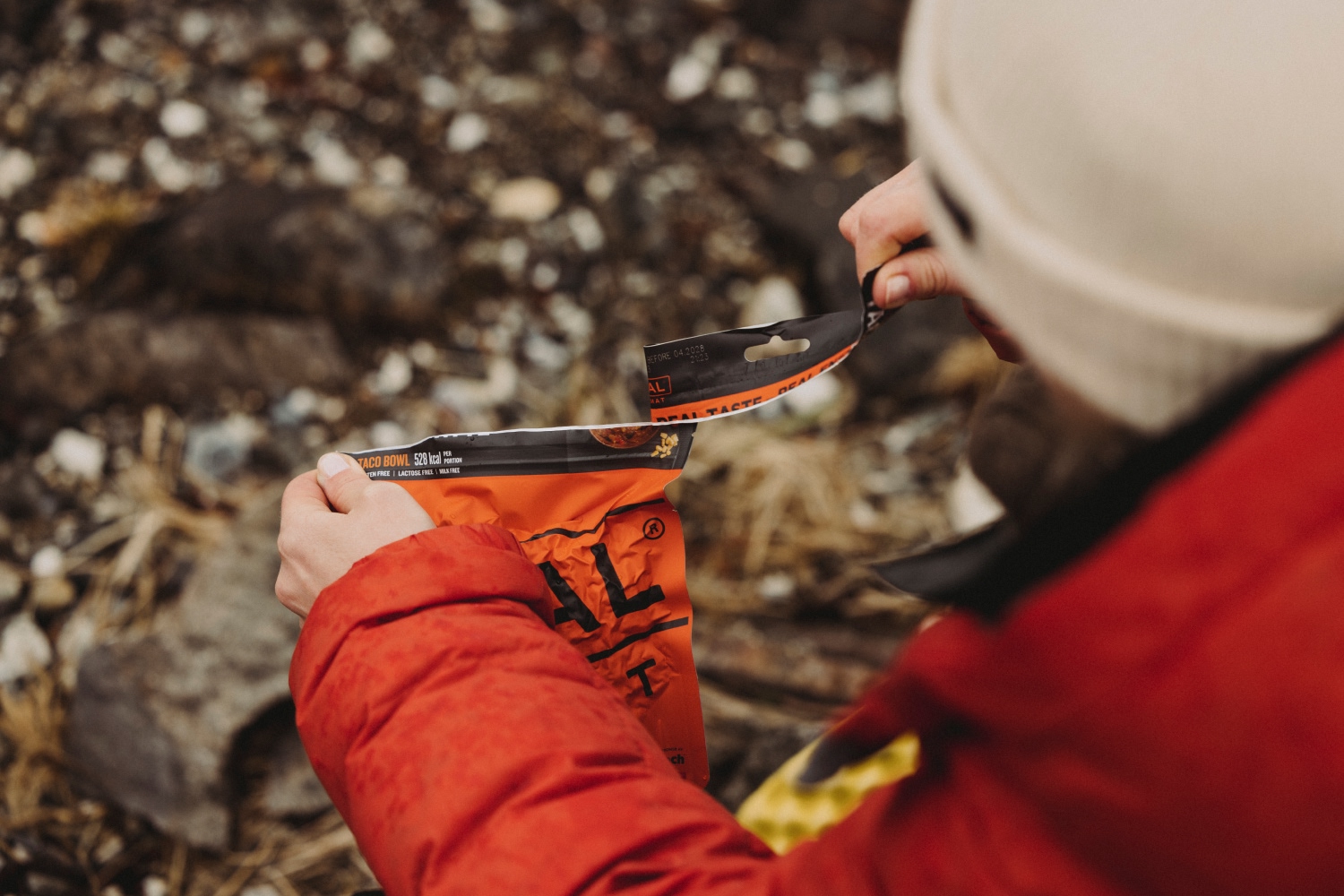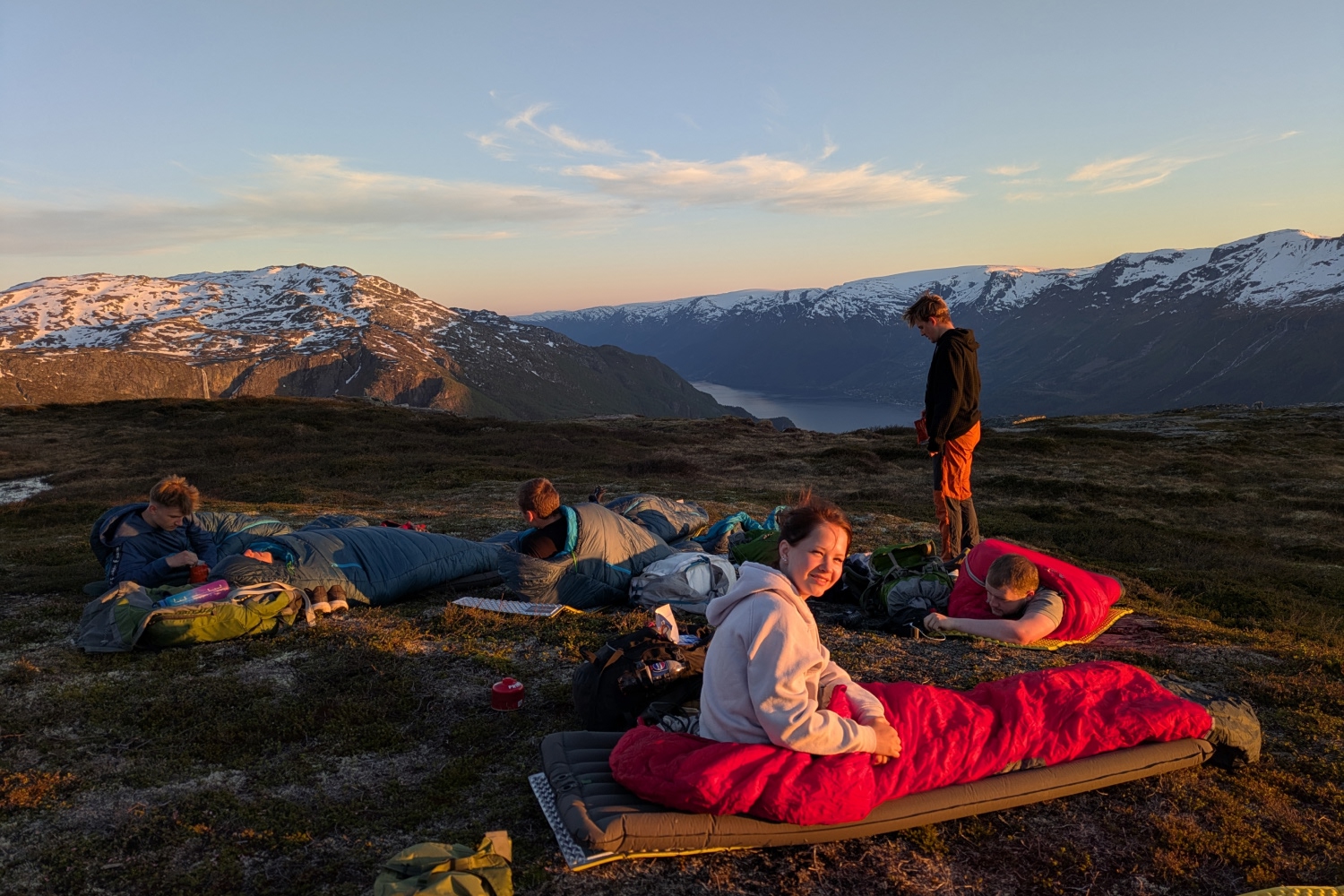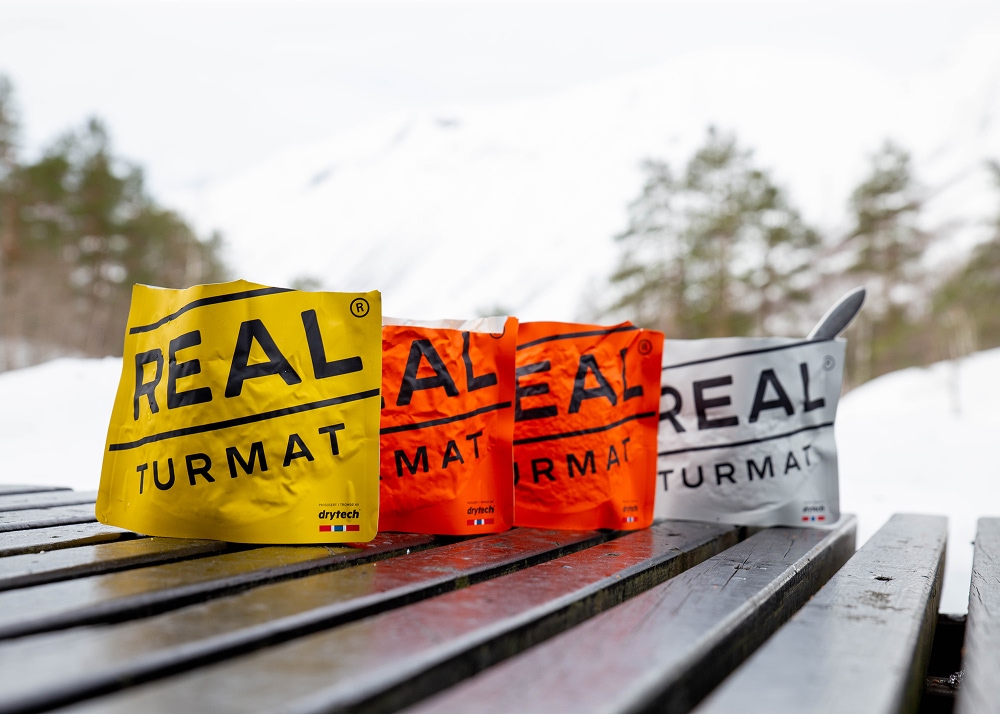Your cart is currently empty!
Urban and cultural backpacking: Exploring cities with purpose
Backpacking has traditionally been associated with rugged mountain trails and remote wilderness, but in recent years, urban and cultural backpacking has emerged as a compelling way to travel.
Published
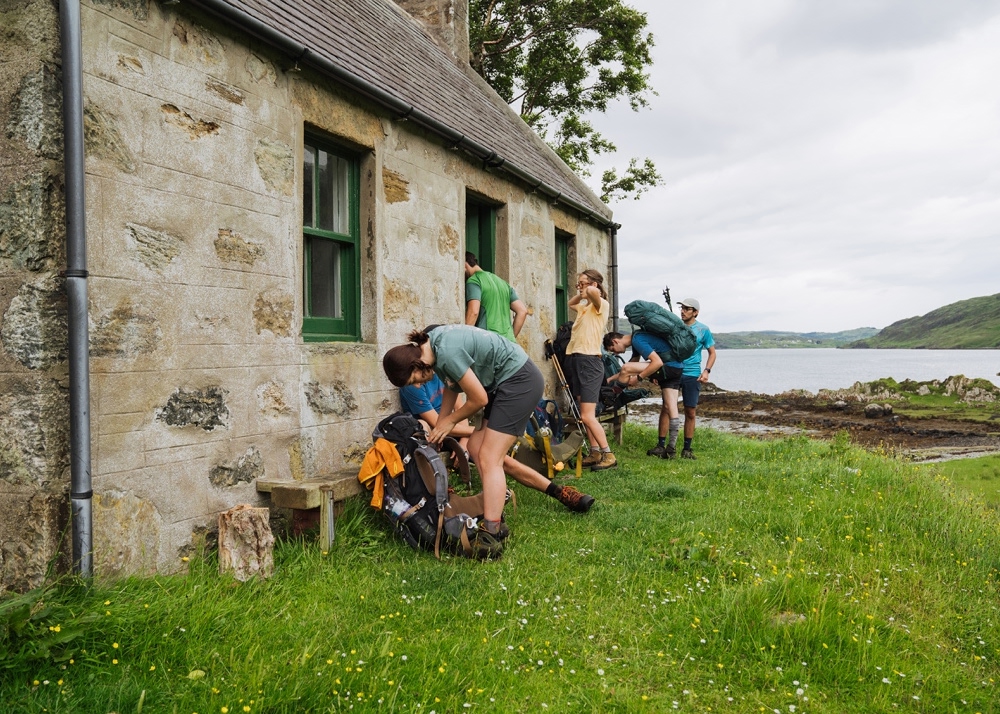
Backpacking has traditionally been associated with rugged mountain trails and remote wilderness, but in recent years, urban and cultural backpacking has emerged as a compelling way to travel. This approach focuses on navigating the world’s cities and cultural landmarks with a lightweight, flexible style that emphasizes local experiences, public transport, and a deep dive into history, art, food, and everyday life.
What is urban and cultural backpacking?
Urban backpacking involves traveling through cities rather than nature trails, often over several weeks or months, with an emphasis on budget travel and cultural immersion. Travelers might explore Rome’s ancient ruins one week, street art in Berlin the next, and end the month navigating Tokyo’s electric nightlife.
Cultural backpacking focuses on connecting with the heart of a place. This includes its people, traditions, food, and heritage. These experiences can take place in both urban and rural settings. They might involve joining local festivals, staying with host families, or spending time at community events and markets.
Typical urban backpackers
Urban backpackers travel light, choosing gear and packs designed for easy movement through cities and public spaces. They get around by metro, train, or bus and move with the flow of local life. Nights are often spent in hostels, on couches, or in affordable hotels that help keep costs down and create chances to meet others.
Their days center on culture and curiosity. Itineraries often include museums, galleries, historic sites, and local food spots. Most importantly, they stay flexible. They follow tips from other travelers, take unexpected detours, or spend the day exploring without a fixed plan.
Essential gear for urban and cultural backpackers
While traditional outdoor backpackers might carry tents and hiking gear, urban travelers prioritize convenience:
- Compact clothing suited for various climates and social settings.
- Power banks and portable Wi-Fi for constant connectivity.
- Lightweight locks and anti-theft bags.
- Local SIM cards and offline city maps.
- Nutrient-dense, ready-to-eat meals—like REAL Meals.
Easy backpacking food: How REAL Meals fit urban and cultural adventures
Even in cities brimming with cafés and street food, there are moments when convenience, nutrition, and cost-saving become essential. That’s where REAL Meals play a unique role. Ideal backpacking food for travelers who move between rural trails and urban stops.
REAL Meals are a reliable choice for backpacking in many different settings. They come in handy when catching a late train, staying in a hostel without a kitchen, or needing a quick and satisfying meal between museum visits. These lightweight packs provide warmth, energy, and convenience. They are ready whenever you need them.
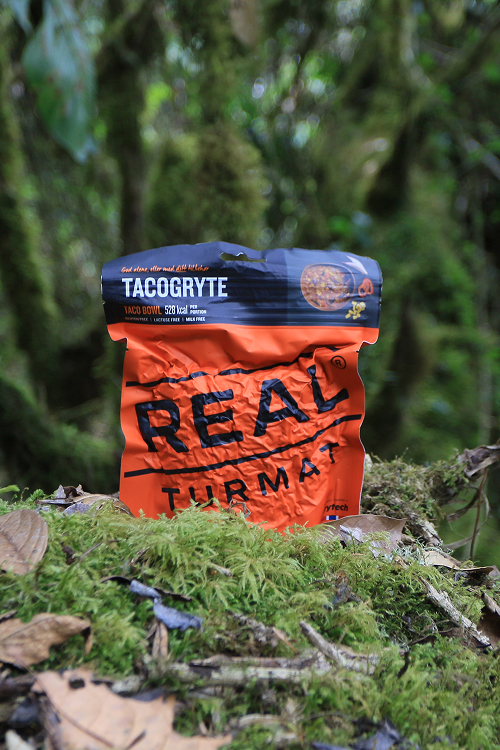
Long shelf life
Perfect for longer trips, emergency preparedness, or as backup food.
Balanced nutrition for outdoor energy
The freeze-drying and vacuum process helps preserve its vitamins and minerals.
No prep or cleanup necessary
Just add hot water—no mess, no dishes.
Lightweight and compact
REAL Meals are easy to pack, even for long-distance hikes, and weighs only 130 grams.
Compact and space-saving
REAL Meals take up minimal space, ideal for storing in drawers or pantry shelves.
Flexible for any situation
REAL Meals are perfect during stormy evenings, remote stops, or last-minute meal needs when other options are unavailable.
Check out REAL Meals!
- Find your favorite among 20+ meals
- Gluten free, lactose free, milk free
- Vegan and vegetarian friendly
Top destinations for cultural and urban backpacking
Lisbon, Portugal
A city defined by its layered history, steep hills, tiled architecture. Vibrant neighborhoods shaped by centuries of maritime tradition and artistic expression.
Istanbul, Turkey
A crossroads of civilizations, where Roman, Byzantine, and Ottoman legacies meet in a dynamic blend of mosques, bazaars, ferries, and modern city life.
Mexico City, Mexico
An expansive capital pulsing with color, sound, and motion—home to world-renowned museums, ancient ruins, murals, markets, and contemporary art scenes.
Kyoto, Japan
A cultural center rooted in tradition, where wooden houses, shrines, and centuries-old rituals remain part of the everyday urban landscape.
Tbilisi, Georgia
A city where medieval alleys, modernist buildings, and thermal baths converge, creating a distinctive urban atmosphere shaped by history and reinvention.
